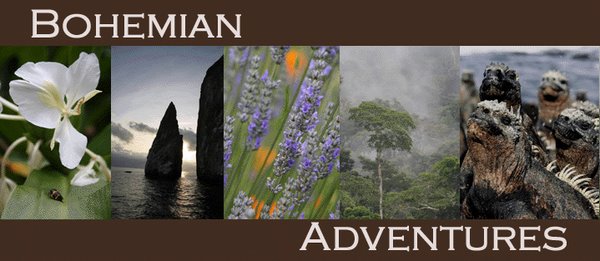 Boykin Springs, Angelina National Forest, TX
Boykin Springs, Angelina National Forest, TX
Copyright (c) 2004 Wendee Holtcamp
The photo above is from the area I went to today trapping snakes, but I shot it several years ago when I was working on another article on the longleaf pine ecosystem -- which is one of North America's rarest ecosystems. That photo is actually a streambank riparian forest, though, which has more hardwoods, and hence not what a mature longleaf pine savannah looks like.
I'm doing an article on Louisiana pine snakes as I mentioned before, which live in the longleaf pine ecosystem. Longleaf pine savannahs were originally very open park-like stands of pines with grass and other plants underneath the canopy but not shrubs and a "mid-story." Besides the fact that something like 95% of these forests were clearcut and replaced with loblolly and shortleaf and slash pine (which grow faster), we also have suppressed fire for so long that many forests have lots of shrubs underneath which changes the entire ecosystem. For one thing, pocket gophers don't like lots of shrubs, and guess what? Louisiana pine snakes need pocket gophers! They eat them, they live in their burrow systems, and they hide from fire in the burrows as well. Nobody knows, but scientists suspect they also lay their eggs in them. (Um that would be the burrows, not in the gophers).
One cool thing about these snakes is that they have the biggest eggs of any snake - they are like 5 inches long and 2 inches wide. They only lay a very few eggs and when species have few offspring and hence slow reproductive rates it takes longer and hence becomes more challenging for such species to recover when they're rare or endangered.
I took some cool pics today but haven't uploaded them yet. I went out with 3 biologists checking snake traps which I'll show a photo of when I get them up. The traps are 4 ft x 4 ft with 50 feet of drift fences going out in 4 directions from the sides of the trap. When a snake encounters the fencing it crawls along it until it gets to the trap where it goes through a funnel and then gets stuck inside.
Unfortunately.... we did not catch any Louisiana pine snakes. They're very rare! However we did catch one smallish rat snake, which I let bite my finger (yes, on purpose, I wanted to see how much it hurt! The other biologists studied them for his Master's research and was letting the snake take repeated bites at his fingers without gloves so I said, I want to do that. I put my shirt over my hand for mild protection and it didn't really hurt but felt like about 8 pin pricks!) Rat snakes have tiny teeth, and no obviously are not venomous or I would not have let it bite me! We also saw a coachwhip which was not in the trap, but was just on the ground. They're beautiful, half black and half brown. It was about 4 feet long maybe?
The coolest thing about the day, though, was in the morning. We went to see the Lousiana pine snakes they're using for captive breeding at the Ellen Trout Zoo in Lufkin. And, I got to hold one! As I've blogged about in one my very first few blog entries in 2005, rising like a phoenix, I LOVE snakes but have a mild fear of holding them. Since my motto is "Do the thing you fear and the death of fear is certain" (a la Mark Twain) then whenever I get a chance to hold a snake, I do. Pine snakes are big snakes, - and the pic of me holding it is great! Can't wait to put it on. They're very docile or at least the one I held was. Actually I was told when you catch them in the wild, they have a sort of threat display behavior but it didn't do that, thank goodness! I've found that sometimes snakes can detect your fear if you have it and they get more tense but this one stayed calm and so did I. It was encouraging to see myself improving in my mastery over that mild fear. Yay for progress!
Any takers on overcoming your fear of snakes by holding one? :)







No comments:
Post a Comment